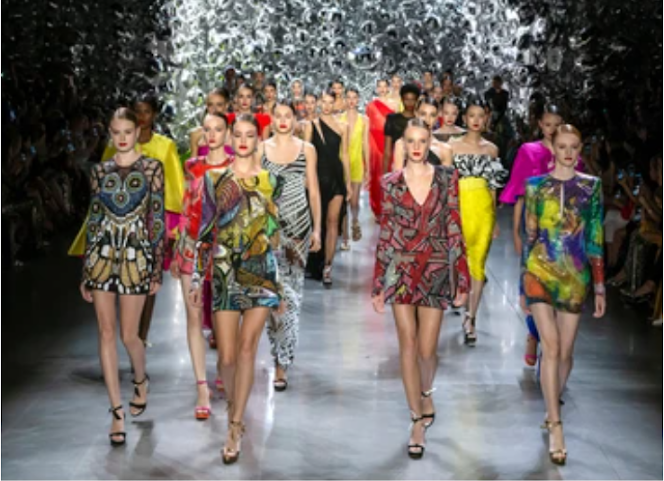Fashion shows have been a cornerstone of the fashion industry for decades. They serve as a platform for designers to showcase their latest collections and trends to the world. However, with the rapid advancement of technology, fashion shows are being redefined, allowing designers to push the boundaries of creativity and provide a unique experience for their audience. In this article, we will explore how technology is transforming runway shows and what the future holds for this exciting industry.
Virtual Reality Runway Shows
Virtual Reality Runway Shows One of the most innovative ways technology is redefining runway shows is through the use of virtual reality (VR). With VR technology, designers can create a virtual runway that allows the audience to feel as though they are sitting in the front row of a fashion show. This technology offers designers endless possibilities to create unique and immersive experiences for their audience, regardless of location. Brands such as Dior and Tommy Hilfiger have already experimented with VR, and we can expect to see more designers embrace this technology in the future.
Augmented Reality Runway Shows Another way technology is transforming runway shows is through the use of augmented reality (AR). AR allows designers to overlay digital elements onto the real world, creating an interactive experience for their audience. This technology offers endless possibilities for designers, from creating digital backgrounds to animating garments. In 2018, designer Richard Quinn used AR to create a digital backdrop for his runway show, and the technology was also used by Gucci to animate their sneakers during Milan Fashion Week.
3D Printing Runway Shows
The use of 3D printing in the fashion industry has been growing rapidly in recent years. Designers are using this technology to create intricate and complex garments that were once impossible to produce by hand. 3D printing is also being used in runway shows to create unique accessories, such as jewelry, shoes, and handbags. In 2018, designer Iris van Herpen used 3D printing to create stunning, intricate designs for her runway show.
Robotics and Runway Shows The use of robotics in the fashion industry is still in its early stages, but designers are already exploring the possibilities this technology offers. Robotics can be used to create movement in garments, providing a new level of creativity for designers. In 2018, designer Alexander McQueen used robotics to create a stunning dress that transformed during his runway show.
AI and Runway Shows Artificial intelligence (AI) is already being used in the fashion industry to help designers create and develop their collections. However, AI is also being used in runway shows to create unique experiences for the audience. In 2019, designer Philipp Plein used AI to create a virtual version of his runway show that allowed viewers to explore the garments in a digital environment.
Digital Runway Shows
The COVID-19 pandemic has accelerated the use of digital technology in the fashion industry. With restrictions on large gatherings and travel, designers have turned to digital solutions to showcase their collections. Digital runway shows offer designers endless possibilities to create unique experiences for their audience, such as interactive elements and 360-degree views of the garments. In 2020, the Council of Fashion Designers of America launched a digital platform to showcase designer collections during New York Fashion Week.
Sustainability and Technology in Runway Shows Finally, technology is also being used to promote sustainability in the fashion industry. Designers are using innovative materials and production techniques to reduce their environmental impact, and technology is playing a key role in this effort. For example, designers are using 3D printing to create garments from recycled materials, and VR technology can be used to create virtual runway shows that eliminate the need for physical travel and reduce carbon emissions.
In conclusion, technology is transforming the fashion industry and the way designers showcase their collections. From virtual reality to augmented reality, 3D printing to robotics,








0 Comments